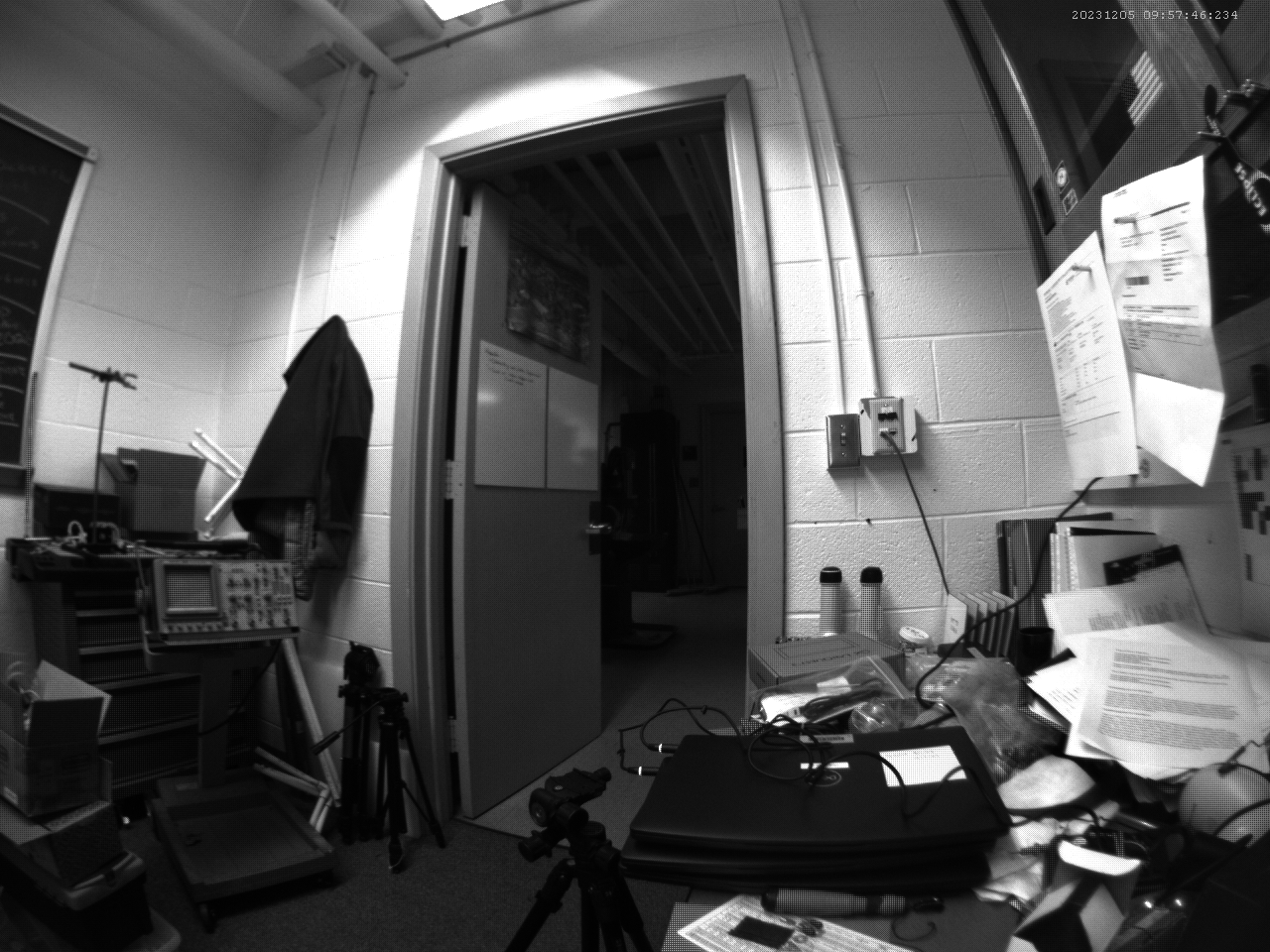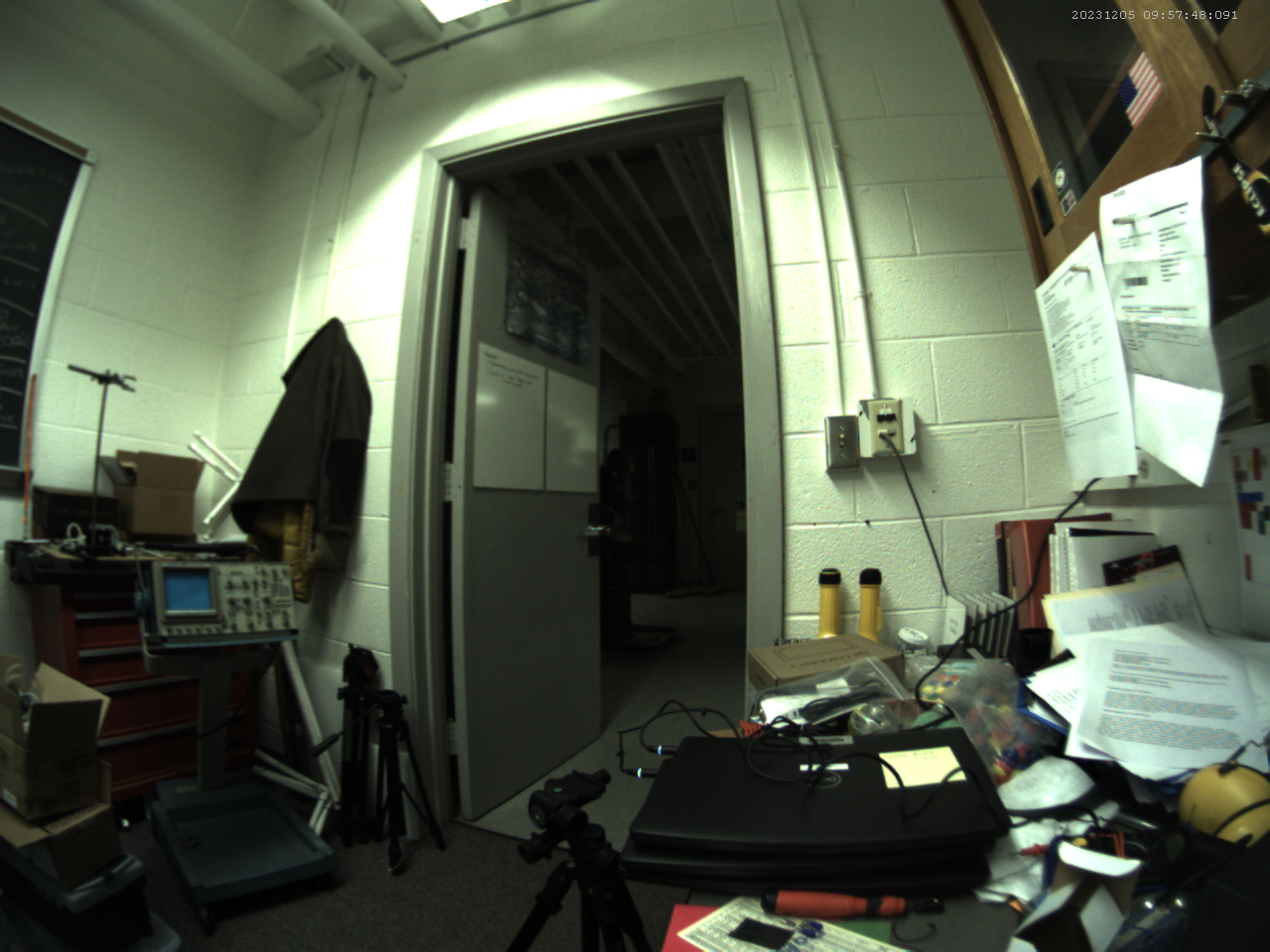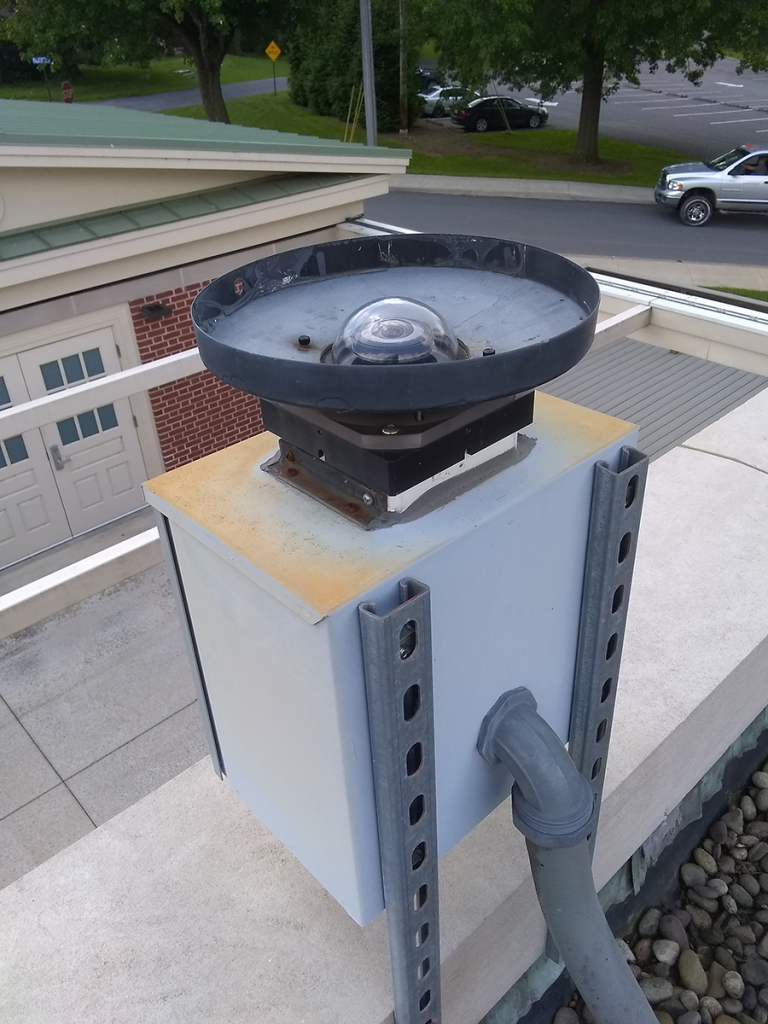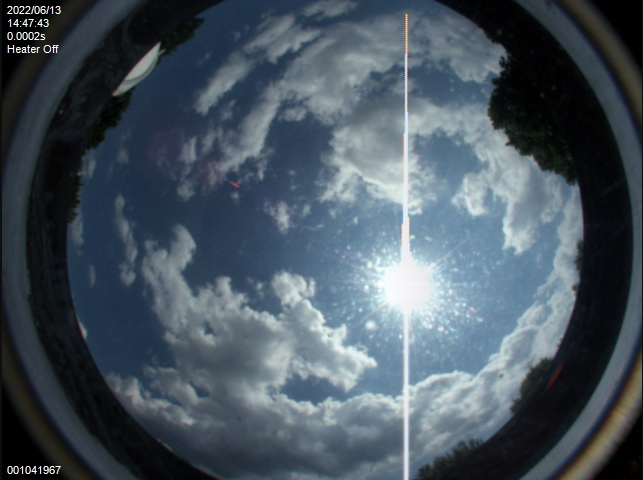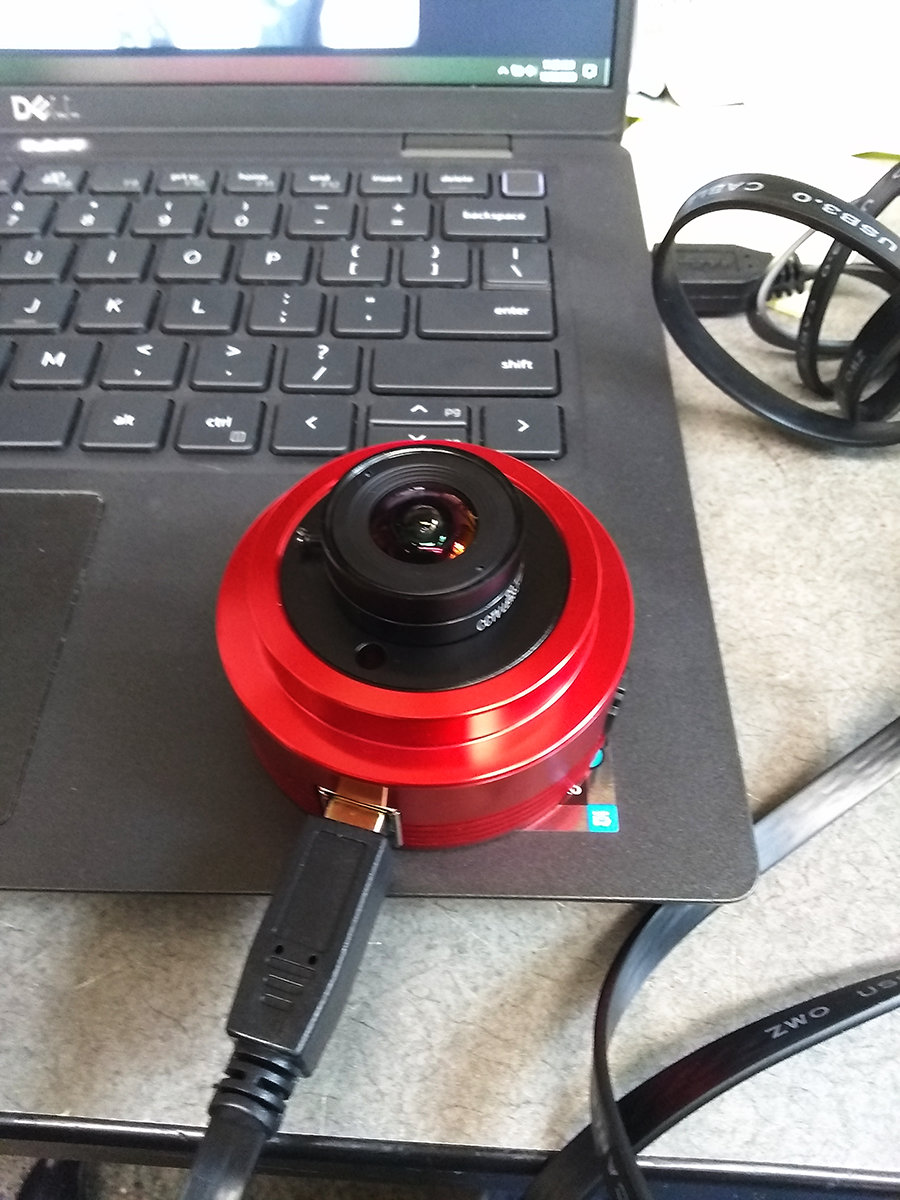
New semester, new classes, same old, same old around the shop. It’s not that we don’t notice the passage of time, just more that we’ve always got stuff to do. Things to sort out. Odd gizmos to tinker with.
Such as this wee little astronomy camera. (Much bigger than the camera portion of your phone, of course.) It’s a planetary camera, meaning it’s capable of a high framerate, even in low-light conditions. Unlike stars, which are effectively point sources, planets have visual size and even detail given reasonable magnification. Cool, right?
Of course, there’s this pesky but essential-for-life atmosphere in the way, and the visual wobbliness it produces – known as seeing – can make some photographs of Jupiter look like you’re peering at it from the bottom of a turbulent lake. Nicht so gut.
The simplest solution is to take a lot of pictures, sometimes compiled as a video, and select the very best ones, those moments in time when the seeing was perfect.
Of course, these cameras also work for other purposes, such as all-sky cameras to check for cloud cover at a remote location, or for meteor activity when you’d rather get some shuteye. Or, for kicks, to see one’s office through a fisheye lens.
